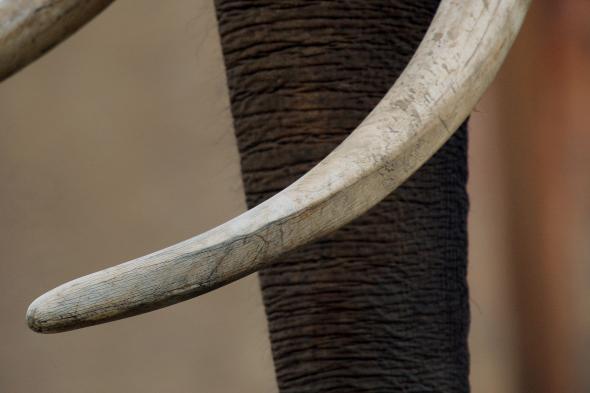When former Secretary of State Hillary Clinton unveiled an $80 million international program to crack down on ivory smuggling at the United Nations last week, she drew an explicit link between the lucrative underground trade and terrorist financing.
Michael Marshall of New Scientist follows up on the topic, noting that one particular group that has been highlighted as a beneficiary of the ivory trade is Somalia’s al Shabab, the perpetrators of last week’s Westgate mall attack in Kenya:
“Part of al-Shabaab’s funding has been, and is still, from ivory,” says Andrea Crosta of the Elephant Action League (EAL), an NGO headquartered in California. Between 2011 and 2012, Crosta spearheaded an undercover investigation of elephant poaching in Kenya. Many of the poachers and brokers he spoke to said that they were increasingly selling to al-Shabaab. The group then sells the ivory on to markets in Asia, at a huge mark-up.
According to EAL’s report, “A quick calculation puts Shabaab’s monthly income from ivory at between US$200,000 and US$600,000. Maintaining an army of roughly 5,000 men, each earning US$300 USD, demands at least US$1,500,000 a month, of which the ivory trade can supply a big chunk of it. “ Other estimates have suggested that as much as 40 percent of Shabab’s funding comes from the ivory trade.
Joseph Kony’s Lord’s Resistance Army is also reportedly heavily involved in the ivory trade. It always pays to be a bit wary when an advocacy group ties their particular cause to counterterrorism—stopping terrorism tends to get politicians’ attention faster than saving elephants—but this connection seems especially well documented.
In a particularly disturbing case last week, nearly 100 elephants were found killed by cyanide at a watering hole in Zimbabwe’s Hwange National Park. As Quartz’s Gwynn Guilford notes, in response to growing demand from Asia, the $7 to $10 billion dollar per year ivory trade seems to be going industrial.
